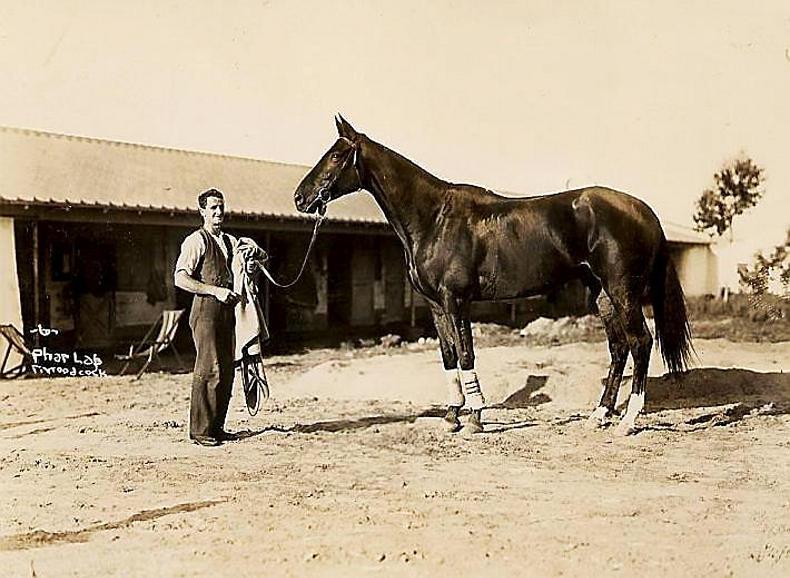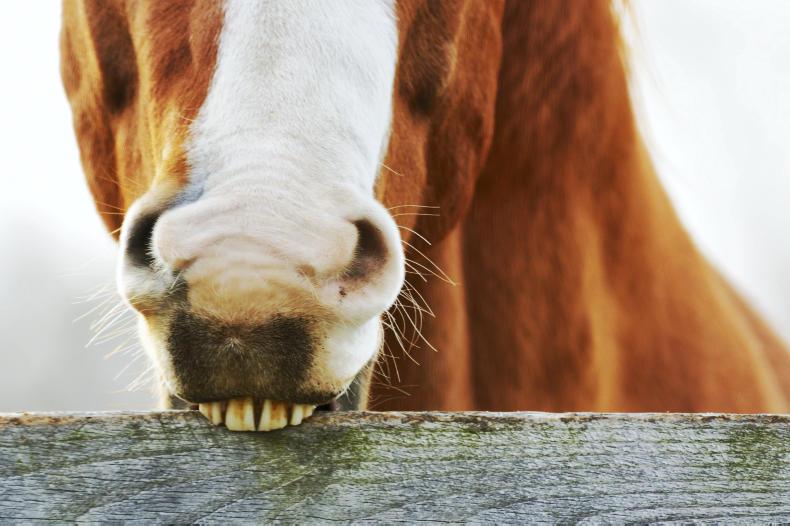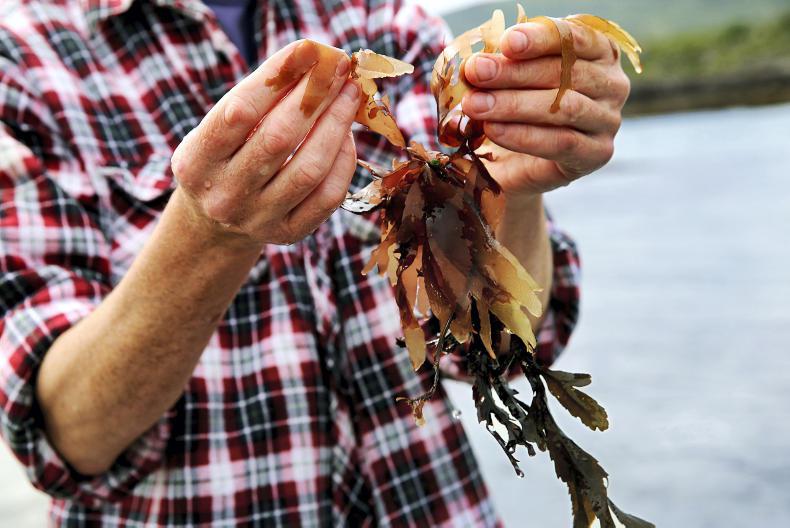IN the early 1900s, horse tonics regularly contained arsenic, as well as strychnine, belladonna, cocaine and caffeine.
These were claimed to stimulate appetite, give a glossier coat and treat anaemia.
Phar Lap (also known as Big Red) is the most famous horse in Australian racing history. He won 37 of his 51 races and was a national hero. Phar Lap was shipped to Mexico in March of 1932, where he won the world’s richest race at the time, the Agua Caliente Handicap, but two weeks later, on April 5th, he collapsed and died in agony. The post mortem was inconclusive, and one theory was that he was poisoned by American gangsters who feared major gambling losses.
the world’s richest race at the time, the Agua Caliente Handicap, but two weeks later, on April 5th, he collapsed and died in agony. The post mortem was inconclusive, and one theory was that he was poisoned by American gangsters who feared major gambling losses.
However, in 2011, analysis of his mane hairs showed he probably died from an arsenic overload from a double dose of his own tonic.
DIETARY ELEMENT
Everyone knows of arsenic as a poison as it can be extremely toxic in the inorganic form.
As early as 82BC, the Roman dictator Lucius Cornelius Sulla passed a law in an attempt to end a spate of arsenic poisonings.
However, very small amounts of inorganic arsenic can have stimulant effects as well as other beneficial and performance enhancing effects. In fact, trace quantities of arsenic are an essential dietary element in rats, hamsters, goats, chickens, and presumably other species.
However, the biological function is not known.
Inorganic arsenic can also occur as an environmental contaminant, CCA (Chromated copper arsenate) is one of the world’s most popular wood preservative that has been used to treat timber since the 1930s recognisable by the green tint it imparts to the timber.
In Australia, Racing Victoria stewards dropped four charges against positive arsenic findings in horses in 2015, as the horses in question had been chewing the fencing.
SEAWEED
Marine algae or seaweed are known to contain high concentrations of arsenic in comparison to terrestrial plants, in particular Irish and Scottish sourced seaweed.
This arsenic is an organic form called arsenosugars. Asian cultures have traditionally employed seaweeds as a natural source of food. Japan, Korea, China, Vietnam, Indonesia and Taiwan are by far the largest consumers of seaweeds in the world.
Seaweeds are rich in a variety of different nutrients, including iodine, magnesium, calcium, sodium, as well as vitamins, amino acids, essential fatty acids, essential polysaccharides, dietary fibre and trace elements.

Sea Weed is know to contain high concentrations of arsenic in comparision to terrestrial plants. Photo:Valerie O'Sullivan
In humans, seaweed has also been reported to possess antioxidant and antitumor activities as well as being linked to a reduction in the risk of intestinal and mammary cancers.
The Food Safety Authority (FSA), the World Health Organisation (WHO) as well as the World Anti-Doping Agency (WADA) are not concerned by the consumption of seaweed, nor the feeding of seaweed to food producing animals such as dairy cows, beef cattle, pigs, broilers and chickens.
Technology is now available to differentiate between the pharmacologically active inorganic form of arsenic and the relatively harmless organic arsenic in urine samples.
The threshold level can only be applied to the inorganic form, as there is no scientific evidence to prove that the organic form has any pharmacological effect, good or bad.
TECHNOLOGY
If a trainer is using seaweed as a useful supplement, then of course, there will be arsenic found in a urine sample.
However, this can now be differentiated from the sinister use of inorganic arsenic by recent technology. Without this differentiation, no assumptions came be made.
Seaweed supplements for horses in Ireland do not include any warning with regard to racehorses in training as the manufacturers know that organic arsenic in non-toxic and has negligible pharmacological effects.
Finding arsenic in a urine or blood sample from a winning horse, without differentiating between organic and inorganic, is a futile exercise.
If it is an organic source, such as seaweed, then no further action should be necessary.
Relegating the horse, fining the trainer etc. is embarrassing to the owner, damaging the reputation of the trainer and lowering the esteem of Irish racing.




 This is a subscriber-only article
This is a subscriber-only article
 It looks like you're browsing in private mode
It looks like you're browsing in private mode







SHARING OPTIONS: